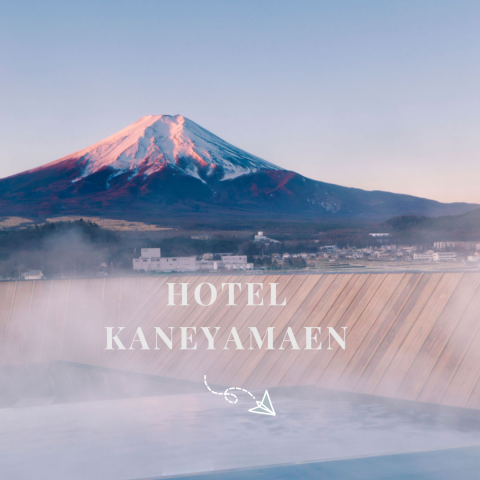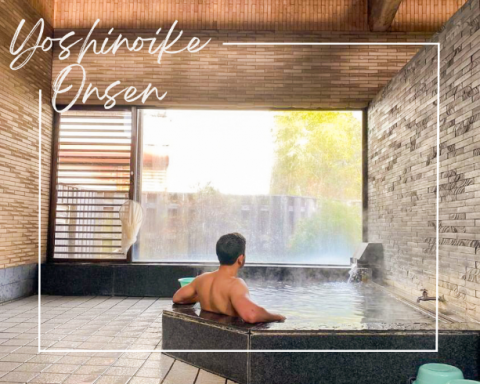Main content starts here.
This English-language text was created by Japan Tourism Agency
Miyakoen
Miyakoen is the former winery and vineyard of Miyazaki Kotaro, a pioneer in the Japanese wine industry. It was built in 1896 and the second floor added around 1928. Before being converted to a winery, the second floor of the building was used to raise silkworms. Today, the building has been repurposed as a museum that chronicles the birth and development of the wine industry in Japan.
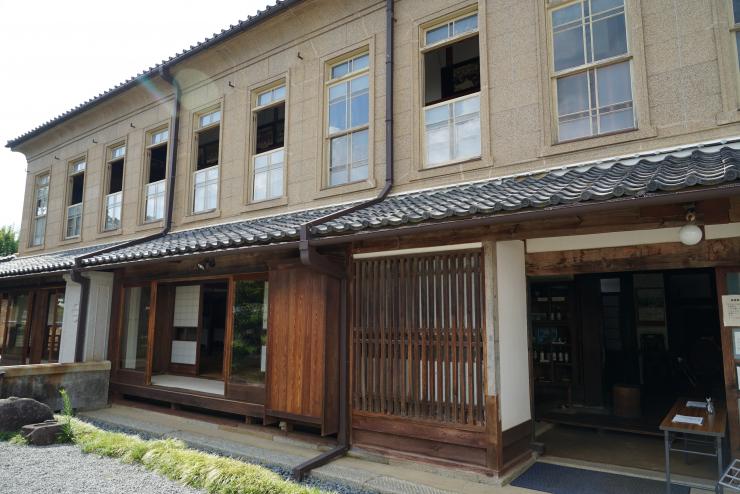
The Beginning of the Japanese Wine Industry
Winemaking in Japan began in the Meiji era (1868–1912) in the Koshu area of Yamanashi Prefecture. Grapes grown in this area, called Koshu grapes, are commonly used in Japan for winemaking. Koshu is a white wine grape variety—a hybrid of vines from the Caucasus region near the Caspian Sea and wild varieties of grapes found in China. It was introduced to Japan through China via the Silk Road.
With the push for westernization during the Meiji era, both the Yamanashi government and national government encouraged and supported the growth of the Japanese wine industry. In 1877, two aspiring winemakers named Takano Masanari and Tsuchiya Ryuken helped to establish the Dainihon Yamanashi Wine Company, the first private winery in Japan.
With backing from the Yamanashi government, the two men went to France to learn the art of French winemaking. A friend of theirs, Miyazaki Kotaro, wished to join them, but he was too young at the time.
After Takano and Tsuchiya returned from France, they produced wine in the French tradition, but their dry white wine proved to be unpopular in Japan at the time. As a result, the company was dissolved in 1886.
Origins of Miyakoen
The younger Miyazaki was one of the shareholders of the Dainihon Yamanashi Wine Company. After the company failed, he purchased the equipment and started his own company in 1888. Along with two partners, Miyazaki built the Kaisan Winery in Koshu and opened a sales office and wine shop in Tokyo.
The most popular wine in Japan at the time was imported from Europe and then sweetened after being brought into the country. Due to a lack of sales in a country that had not yet developed a taste for European wine, Miyazaki and his partners disbanded in 1890.
In 1891, Miyazaki started to find success by marketing a sweeter wine and by changing the way he advertised his Kaisan wine. He used images of Daikokuten, the god of wealth and commerce; a statue of Daikokuten can be seen outside the entrance to Miyakoen today. Miyazaki soon trademarked his Daikoku brand of wine, and it grew in popularity nationwide.
At Miyakoen, a collection of winemaking tools, photographs, antique bottles, and original labels help illustrate the early days of the wine industry and the growth of Miyazaki’s winery.
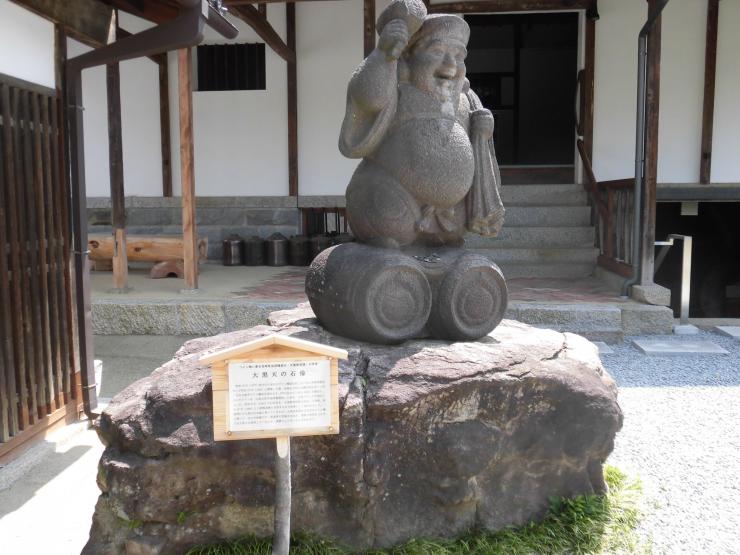
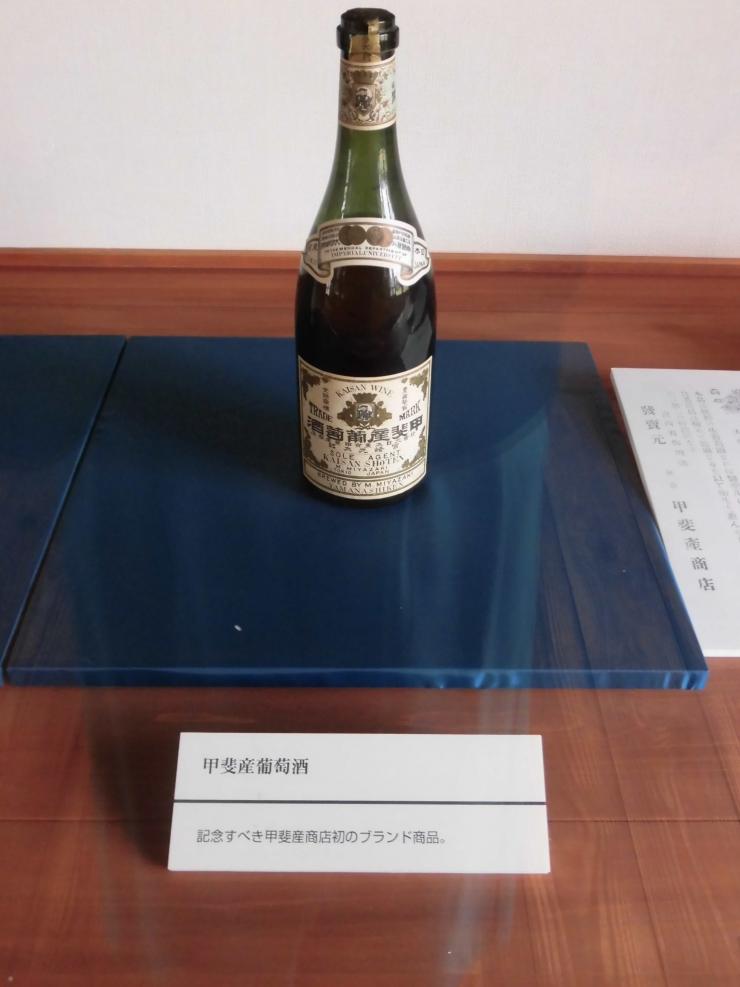
Château Mercian
Château Mercian is a renowned wine brand in Japan and is exported as well. The Château Mercian Wine Gallery and Wine Museum are located next to Miyakoen in Koshu, Yamanashi. The museum is housed in the oldest wooden winery building in Japan, built in 1904. The museum has numerous tools and apparatus used in the early days of winemaking in Japan.
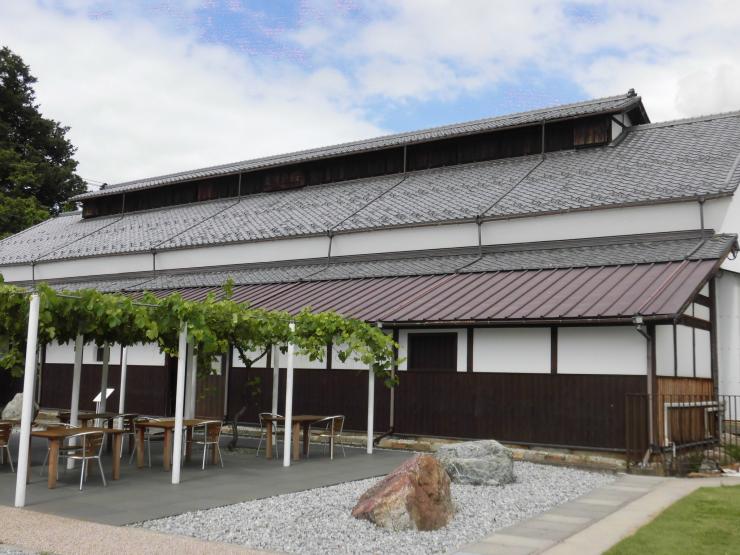
A detailed exhibit charts the evolution of the wine industry in Japan. Advertising materials created by Miyazaki Kotaro, the founder of Daikoku Wine, are also on display. Miyazaki’s company was the first to succeed in promoting and selling wine to the general Japanese consumer.
History of Château Mercian
The year 1877 marked the beginning of the wine industry in Japan, when Koshu-area businessmen Takano Masanari (1852–1923) and Tsuchiya Ryuken (1858–1940) started the Dainihon Yamanashi Wine Company. The two founders traveled to France to learn the art of French winemaking. On their return to Japan, they learned that the astringency of the wine they had learned to make was far different from what Japanese were used to. The country was not yet ready to accept European wine, and as a result, the company went out of business in 1886.
Kaisan Wine and Daikoku Wine
Using the foundations that Masanari and Ryuken had laid, Miyazaki Kotaro, a former shareholder of Dainihon Yamanashi Wine Company, decided to start his own company. He purchased the Dainihon equipment and started the Kaisan Winery with brothers Tsuchiya Ryuken and Tsuchiya Yasuyuki.
In 1888, the company decided to focus their efforts on marketing and opened a wine shop and sales office in Tokyo. However, Miyazaki and the Tsuchiya brothers ended their partnership around 1889–1890. Miyazaki then rebranded Kaisan Wine using an image of Daikokuten, the god of wealth and commerce. In 1891, Miyazaki registered this trademark. Daikoku Wine would grow to be one of the most popular wines in Japan.
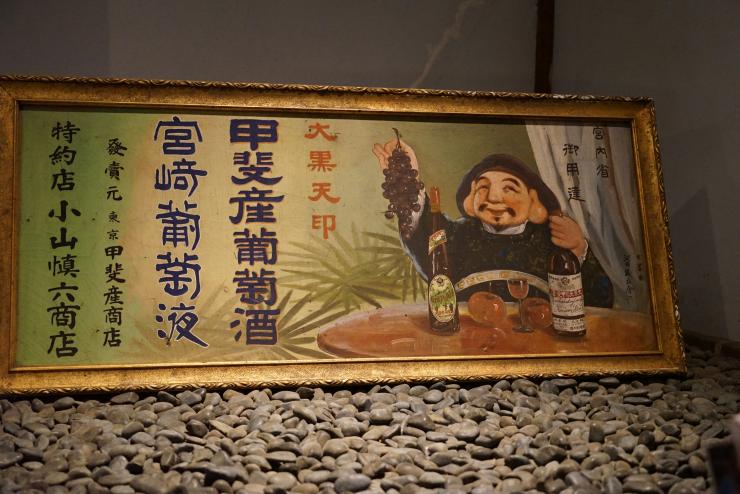
Founding of Château Mercian
In 1949, the winery Château Mercian was founded as simply “Mercian” and it spearheaded the transition from sweeter wines to more sophisticated dry wines in Japan. While sweeter wines were the preference in the 1940s and 1950s, there was a push toward the global taste for dry wines in time for the 1964 Tokyo Olympics.
After 17 years of perfecting the winemaking arts and building the company, Mercian won a gold medal at an international wine competition in 1966, the first time a Japanese winery had ever won such a prize. This brought international attention to Japanese wines. Building on the foundations set by Takano, Tsuchiya, and Miyazaki, Mercian was able to garner critical acclaim for the Japanese wine industry.
In 1970, the company was rebranded as Château Mercian and in 1976 started producing wine made from Merlot grapes. In 1984, after success with Merlot wine sales, the company began to produce Cabernet Sauvignon wines. As the company’s success expanded, in 2006, Château Mercian was acquired by the giant drink manufacturer Kirin Holdings and expanded its operations.
Today, Château Mercian has vineyards and wineries all over Japan and is one of the most well-known wine brands in the country. The Château Mercian Museum is housed in the old Daikoku Winery. It is filled with Meiji era (1868–1912) wine making tools, barrels, and other equipment. The museum has English-language signage.
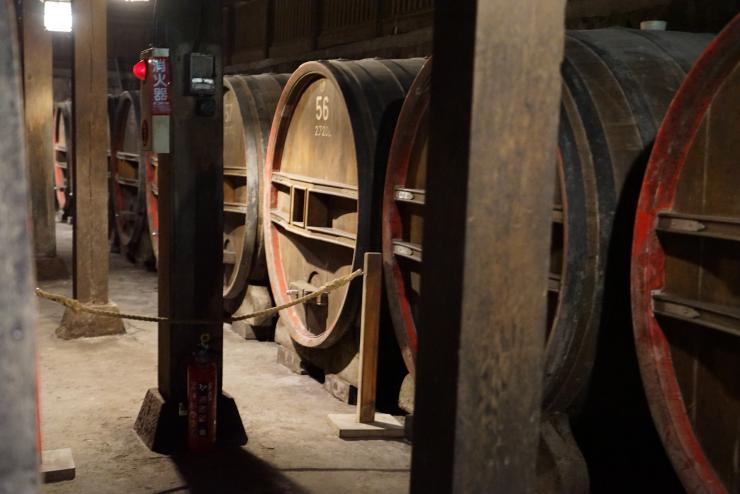
Published on
- April 14, 2022
Share
-
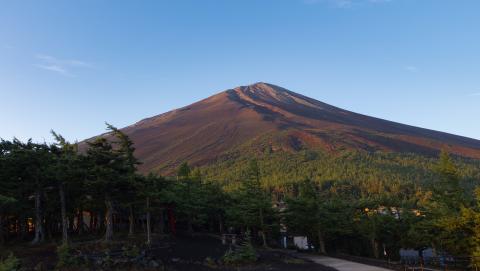
Fuji Subaru Line 5th Station & Mt. Fuji Travel Guide
March 3, 2025
Home of Mt. Fuji > Staff Journal > Yamanashi Wine History
